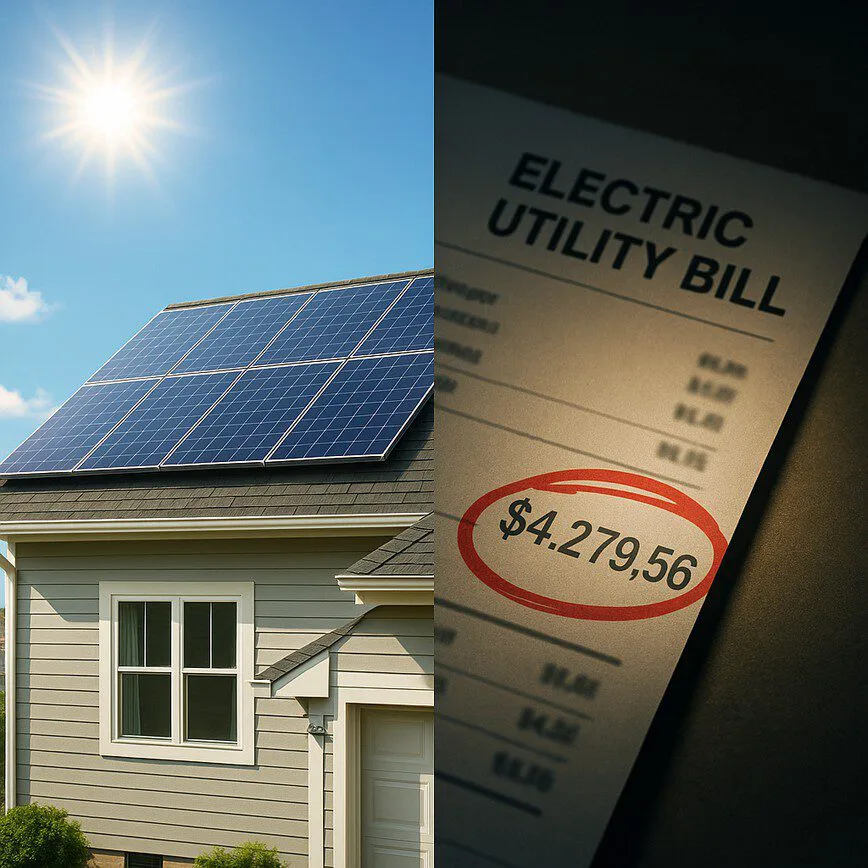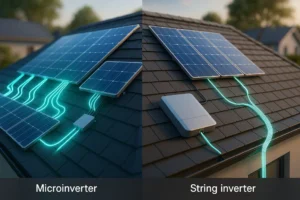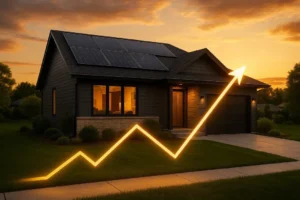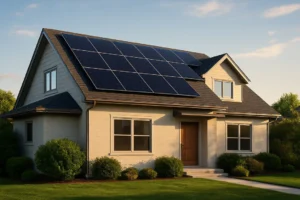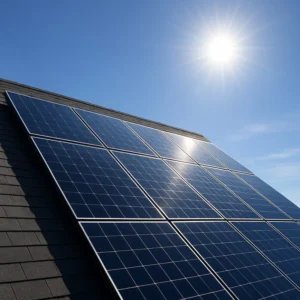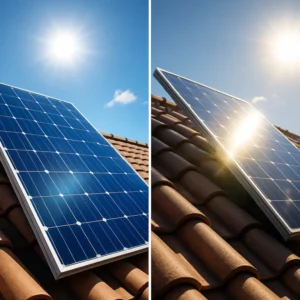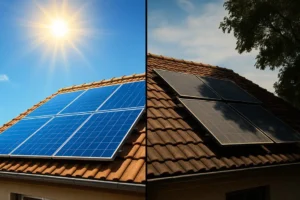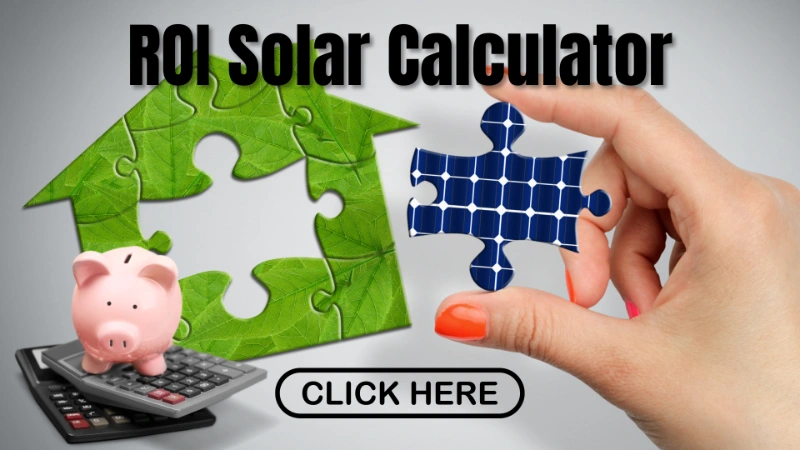You invested in solar panels to gain energy independence and lower your monthly expenses, so it can be incredibly frustrating to open your utility statement and see a number that’s much higher than you expected. If you’re asking yourself, “why is my electric bill so high when I have solar panels?”, you’re not alone. This is a common concern for many homeowners, but the good news is that there’s usually a logical explanation—and a clear solution.
Table of Contents
At RenewGenius, our goal is to empower homeowners with a comprehensive solar knowledge base so you can make confident, informed decisions. This guide will walk you through the most common reasons for a surprisingly high electric bill and provide actionable steps you can take to fix the problem and maximize your solar savings.
Understanding Your Solar System and Electric Bill
First, it’s important to remember that for most grid-tied residential solar systems, the goal is to significantly reduce your electric bill, not necessarily eliminate it entirely. You will likely still have a small monthly connection fee from your utility company.
Your bill is a reflection of two things: the energy your panels produce and the energy your home consumes. When your panels produce more electricity than you use, the excess is often sent back to the grid for a credit (a system called net metering). When you use more electricity than your panels produce (like at night or on cloudy days), you draw power from the grid. An unexpectedly high bill means this balance is off.
Common Reasons Your Electric Bill Is Still High
Let’s diagnose the potential culprits behind that high bill. The issue typically falls into one of these categories.
Increased Energy Consumption
The simplest explanation is often the right one: your household’s energy usage has increased. Did you recently:
- Install an electric vehicle (EV) charger?
- Buy a new, large appliance like a hot tub or a second refrigerator?
- Start working from home more often?
- Have family or guests stay for an extended period?
Any of these can significantly raise your energy consumption beyond what your solar system was originally designed to offset, forcing you to pull more power from the grid.
System Underperformance or Damage
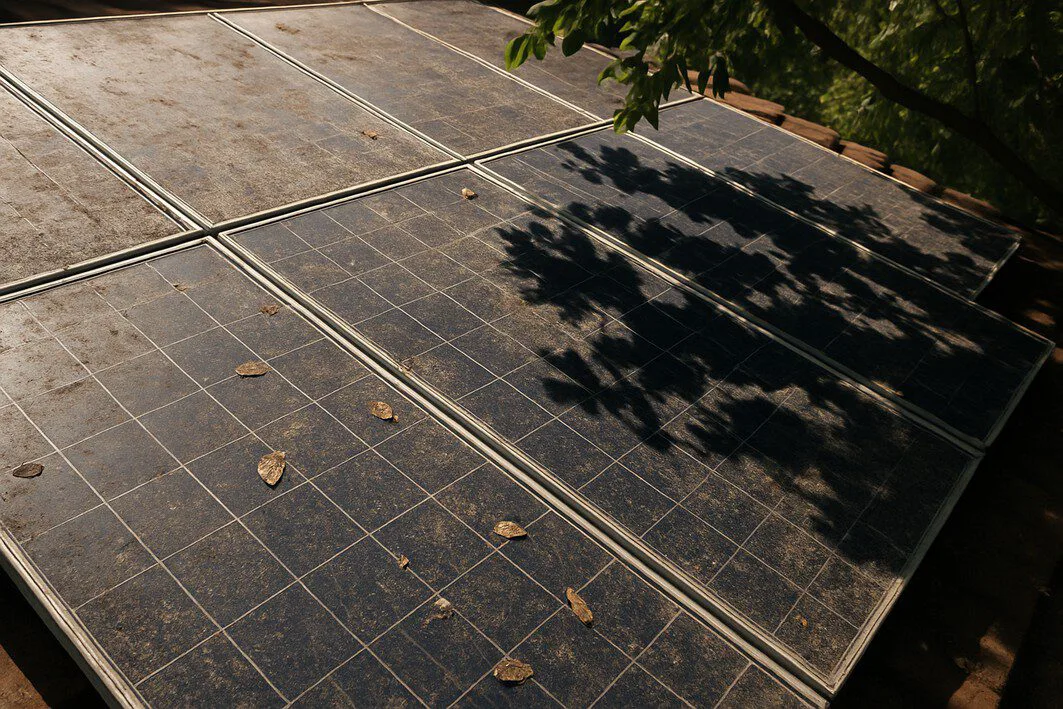
Your solar panels can’t produce at peak capacity if they are underperforming. Common issues include:
- Dirty Panels: Over time, dust, pollen, leaves, and bird droppings can accumulate and block sunlight.
- New Shading: Recent tree growth or a neighbor’s home extension could be casting shadows on your panels that weren’t there before.
- Technical Faults: In some cases, there may be a technical issue with an inverter or a loose connection, which would require professional
solar panel repair.
Problems During Solar Panel Installation
The initial setup of your system is foundational to its long-term performance. If the system was undersized for your energy needs from the beginning, it will consistently fail to meet your consumption demands. Other problems during solar panel installation, such as incorrect wiring or improper configuration, can also lead to significant efficiency losses. Ensuring every step is handled correctly is paramount for success. The solar panel installation process is a detailed journey, and a mistake at any stage can impact your savings down the line.
Seasonal Changes and Weather
Solar panels produce the most electricity during long, sunny summer days. In the fall and winter, shorter days and more cloud cover naturally lead to lower energy production. Most homeowners build up net metering credits during the summer to help offset higher grid usage in the winter. However, an unusually cloudy season can deplete these credits faster than anticipated, resulting in a higher bill.
Solutions: How to Lower Your Electric Bill
Once you’ve identified the likely cause, you can take clear steps to get your energy costs back on track.
1. Conduct a Home Energy Audit
Start by tracking your consumption. Review your past utility bills to see if your usage has trended upward. Use a smart home energy monitor or check the data from your solar inverter’s app to see when you are using the most power. This can help you identify energy-hungry appliances or habits that can be changed.
2. Schedule a System Inspection and Maintenance
If you suspect underperformance, it’s time for a check-up. Start by safely cleaning your panels according to the manufacturer’s instructions. If that doesn’t solve the problem, contact a qualified solar technician to perform a full system diagnostic. They can identify any hardware failures, wiring issues, or degradation that requires solar panel repair.
3. Consider Upgrading with Solar Battery Storage
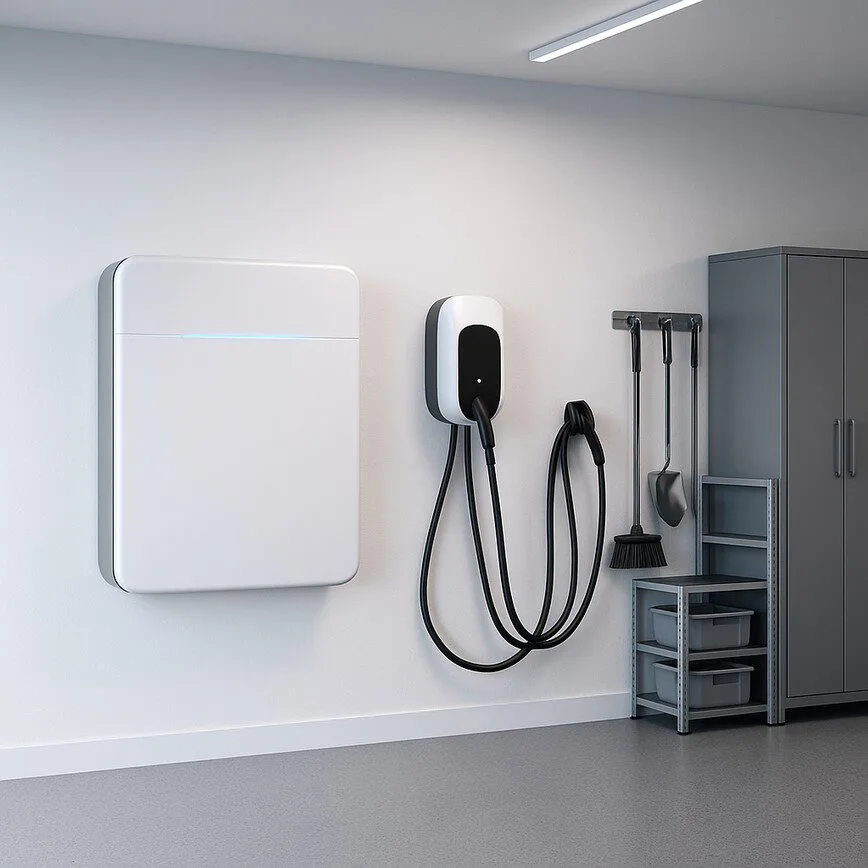
If your high bills are due to high energy use at night or during peak “Time-of-Use” rate periods, the single most effective solution is adding solar battery storage. A battery allows you to store the excess solar energy you generate during the day instead of sending it all back to the grid. You can then use that stored, free energy at night or during expensive peak hours, drastically reducing your reliance on the utility company.
4. Review Your Utility Agreement
Carefully read your latest utility bill. Are the net metering credits being applied correctly? Have the utility’s rates changed recently? Billing errors happen, and rate structures can be complex. Don’t hesitate to call your utility provider and ask them to walk you through your statement if something doesn’t look right.
Partner with an Expert for Long-Term Savings
A high electric bill after installing solar can be alarming, but it’s almost always a solvable issue. By systematically diagnosing the problem—from your consumption habits to your system’s health—you can get back to enjoying the financial benefits of your investment.
As a leading resource for residential solar solutions, RenewGenius is here to help you navigate every step of your solar journey. Whether you’re considering an upgrade like solar battery storage or want to understand the potential return on your investment, our tools and guides are designed to provide clarity. Use our ROI calculator to see how an upgrade could impact your long-term savings and make your next decision with confidence.

